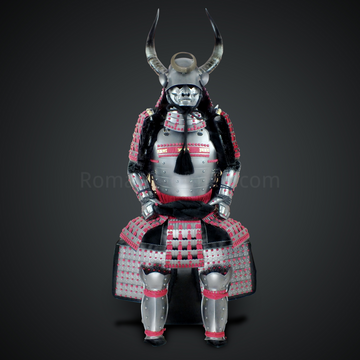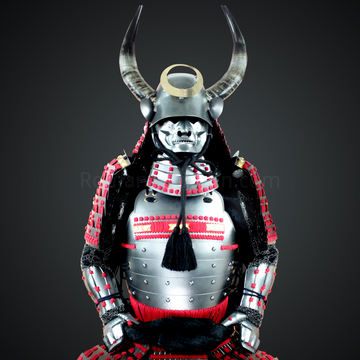Choji Midare in Japanese Katana terminology
丁子乱れ Choji Midare
What is Choji Midare in Japanese Katana terminology?
Choji Midare refers to a beautiful blade pattern (Hamon) in Japanese swords that resembles overlapping buds of the plant ""Chouji"" (clove).
There are various types depending on the size and shape of the buds. When the buds of Chouji Midare are very small, it is called ""Ko Chouji Midare"" and was popular around the Heian period.
What became popular in the Kamakura period were ""Oo Chouji Midare"" where the buds of Chouji Midare are large, ""Juka Chouji Midare"" where Oo Chouji Midare overlaps like double cherry blossoms and is greatly disturbed, ""Kawazuko Chouji Midare"" where the disturbance that reminds us of tadpoles is mixed in Oo Chouji Midare, and ""Saka Chouji Midare"" where the scent foot of Chouji Midare is facing the opposite direction, and other gorgeous disturbances.
Chouji Midare with a wide waist was popular in the Muromachi period. It is said that the Yakiba (tempered edge) of Chouji Midare in the old days was low, and as time went by, the Yakiba gradually became higher and more flamboyant. The swordsmiths who were good at Chouji Midare were from Bizen Province (currently the eastern part of Okayama Prefecture) and Yamashiro Province (currently Kyoto Prefecture).
The sword ""Tou Mei Yamato no Kami Yoshimichi"" is a sword made by the swordsmith ""Yamato no Kami Yoshimichi"" who was active in Settsu Province (currently Osaka Prefecture) in the middle of the Edo period. This sword is one of the features of Yamato no Kami Yoshimichi, who was good at Chouji Midare of Nioi Hon'i.







